Montana in 30 Years: The Yellowstone Supervolcano
Interview with Dr. Jake Lowenstern (Research Geologist; U.S. Geologic Survey AND Scientist-in-Charge; Yellowstone Volcano Observatory)
About Dr. Jake Lowenstern: BIOA graduate of Dartmouth College and Stanford University, Jake Lowenstern is a volcano expert (volcanologist) with the U.S. Geological Survey in Menlo Park, CA. Since 2002, he has served as the scientist-in-charge of the Yellowstone Volcano Observatory. His research focuses on the gases emitted from volcanoes and how they can be used to understand how, why, and when volcanoes erupt. His research has brought him to six continents to study volcanoes, but he still likes Yellowstone the best.

* * * *
1) Can you describe for us just what the term “Yellowstone supervolcano” means? It’s a frightening term.
When a volcanic system has experienced a” supereruption” (> 240 cubic miles of erupted debris), it’s dubbed a “supervolcano.” Yellowstone had two such eruptions, and a third relatively large eruption, so certainly qualifies. However, there’s only so much material that can erupt out of an individual volcanic system, so Yellowstone may be winding down.
2) Just how much seismic activity is there, and what plans does the Park Service have for monitoring activity over the next 30 years?
Yellowstone has its own volcano observatory, similar to those in Hawaii, Alaska, Washington and California. All of them are run through the USGS Volcano Hazards Program. At Yellowstone, the earthquakes are measured with a network operated by the University of Utah. Earthquakes vary greatly, ranging from a few hundred to a few thousand in a given year. Yellowstone is an active place, so there’s no doubt that monitoring will continue for the next 30 years!
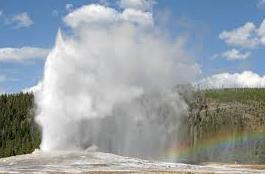
3) What signs are you seeing now that suggest the volcano will continue impacting the Yellowstone geology, landscape, and wildlife?
For decades, Yellowstone has exhibited continual activity. Different parts of the caldera (the volcanic crater resulting from a large eruption 640,000 years ago) move up and down due to pressure from deep molten rock. Pressurization induces earthquakes. Heat and gas escape at the many thermal areas spread around the park. All these phenomena signal the continuing activity of the volcanic system.
4) What are we likely to see over the next 30 years when it comes to the observable impacts of seismic activity in Yellowstone?
We are likely to see more of the same. Earthquakes, ground deformation, and steam explosions from the thermal areas are all likely. An actual volcanic eruption is much less likely, but not impossible.
5) If Yellowstone does surprise us with an eruption by 2045, what do you think the eruption will most likely look like?
Most Yellowstone eruptions are lava flows, slow effusions of molten rock that cover tens of thousand of acres with thick (hundreds of feet) accumulations of lava. The last one occurred 70,000 years ago and formed the enormous Pitchstone Plateau in the south part of Yellowstone National Park. Such an eruption would not be a continental-scale disaster but would certainly impact the park and its surroundings. Potential effects could include road closures, forest fires, local flooding, and some moderate amounts of volcanic ash.
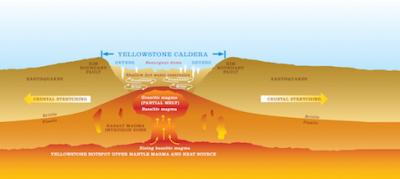
6) What kinds of preparations should communities bordering Yellowstone make for the possibility of some kind of eruption by 2045?
At this time, there is no need for any special preparations. An eruption at Yellowstone remains unlikely. However, people should always prepare for potential emergencies where power may be out for several days and food and water may be difficult to obtain. Whether an earthquake, volcanic eruption, tornado, or other disaster, people should have personal plans to keep their families safe and self-sufficient for several days.
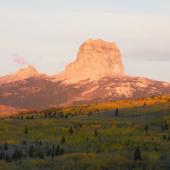

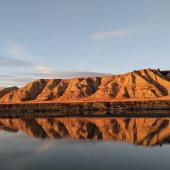



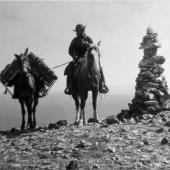





Leave a Comment Here